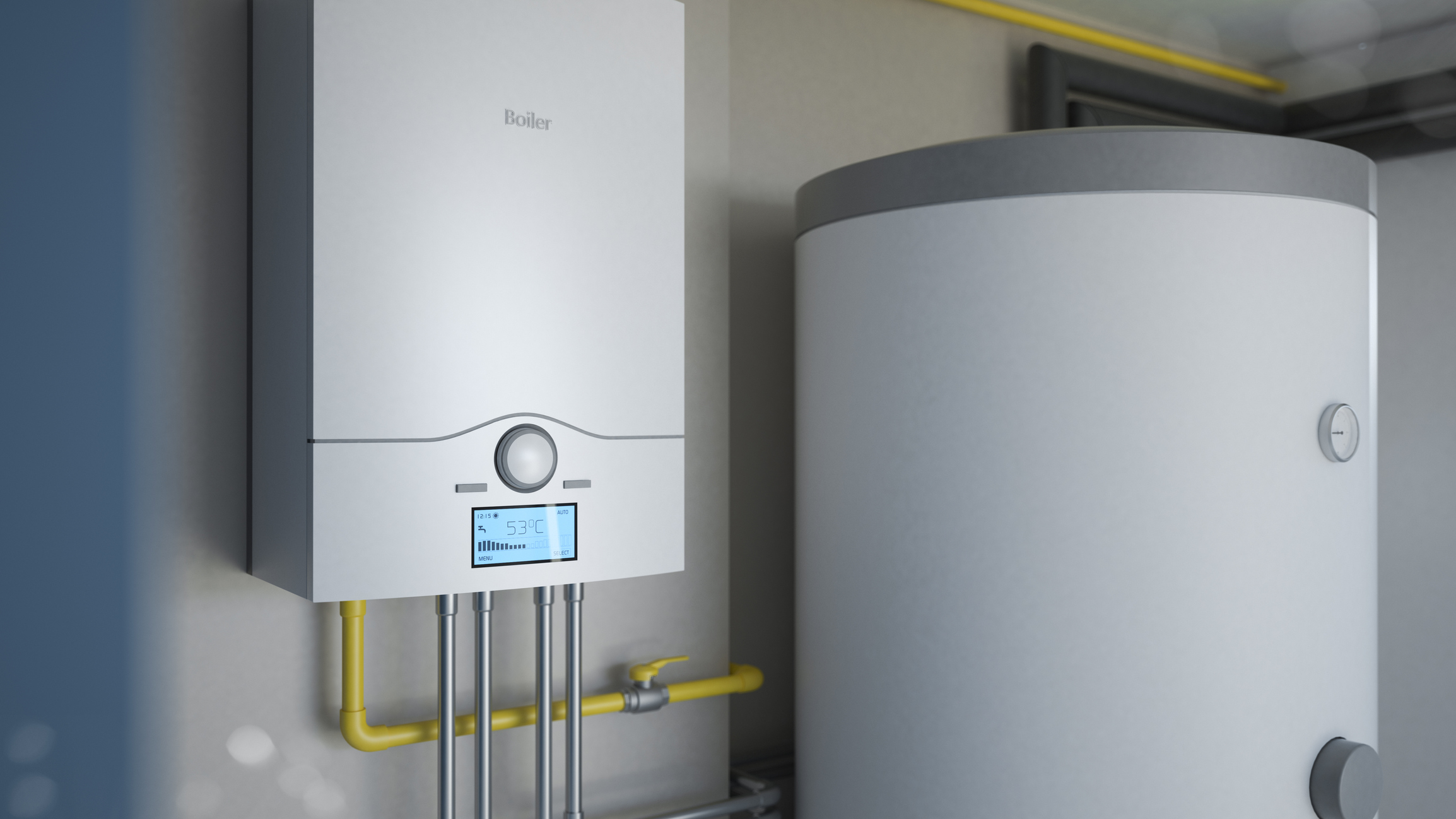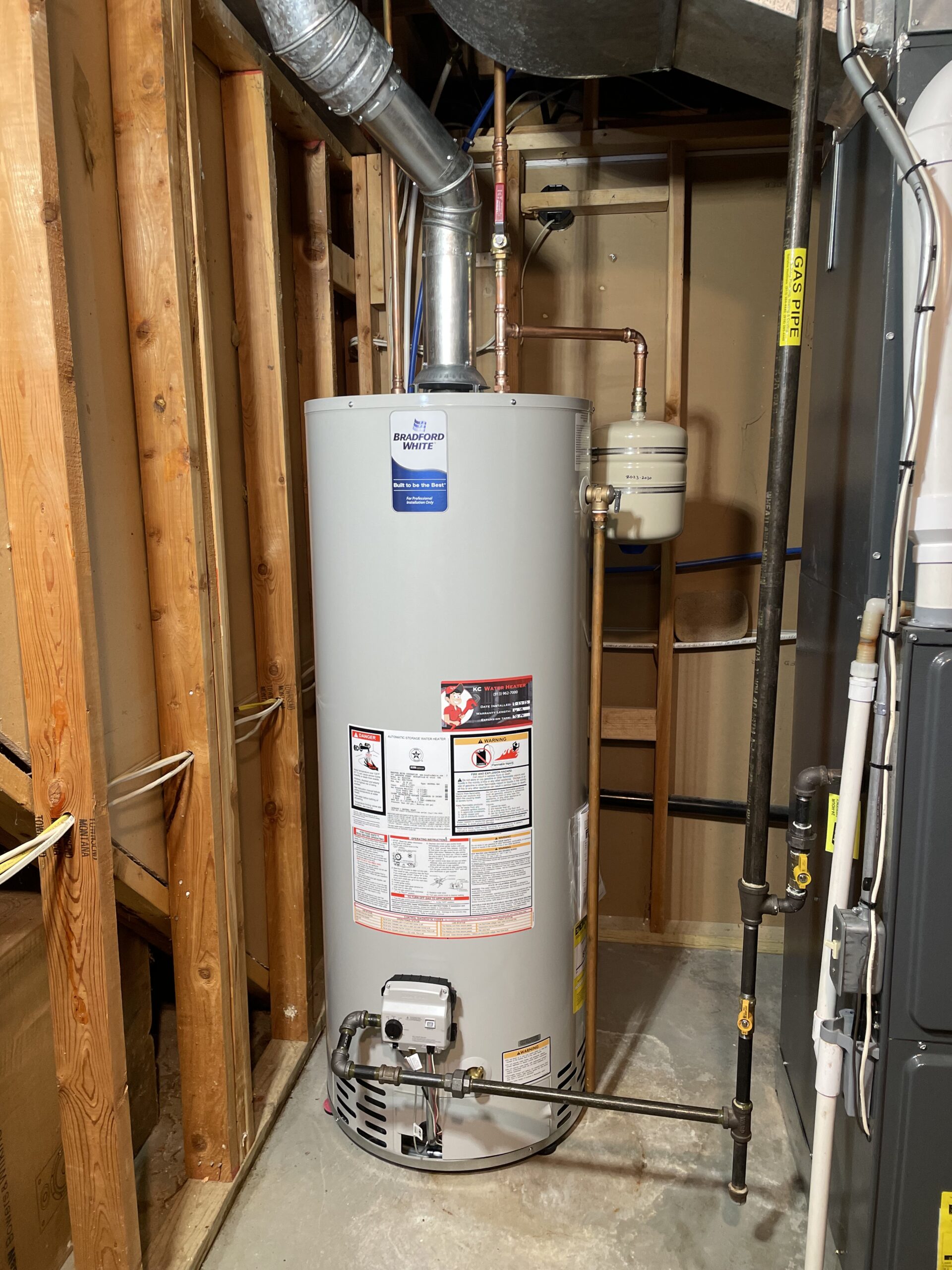Each person is bound to have his or her own thinking in relation to How to Maintain Your Water Heater & Prolong its Life.

Hot water is crucial for day-to-day comfort, whether it's for a revitalizing shower or washing recipes. To ensure your warm water system runs effectively and lasts much longer, regular upkeep is key. This post gives useful pointers and insights on exactly how to preserve your home's warm water system to avoid interruptions and pricey repair work.
Intro
Keeping your home's hot water system might seem overwhelming, however with a couple of simple steps, you can guarantee it operates smoothly for years ahead. This overview covers every little thing from understanding your warm water system to DIY upkeep tips and understanding when to call professional assistance.
Relevance of Maintaining Your Warm Water System
Normal maintenance not just expands the lifespan of your hot water system however also ensures it operates efficiently. Ignoring upkeep can bring about decreased efficiency, greater energy bills, and even premature failure of the system.
Indications Your Warm Water System Demands Maintenance
Understanding when your warm water system requires interest can protect against significant concerns. Watch out for indications such as irregular water temperature level, odd sounds from the heating system, or corroded water.
Recognizing Your Hot Water System
Before diving into maintenance tasks, it's practical to recognize the standard parts of your hot water system. Typically, this includes the water heater itself, pipelines, anode poles, and temperature level controls.
Month-to-month Upkeep Tasks
Regular monthly checks can aid capture small problems before they intensify.
Purging the Hot Water Heater
Purging your hot water heater eliminates sediment buildup, improving efficiency and extending its life.
Checking and Replacing Anode Rods
Anode poles protect against rust inside the storage tank. Examining and replacing them when worn is essential.
Examining and Adjusting Temperature Level Setups
Changing the temperature settings makes certain optimum efficiency and safety.
DIY Tips for Upkeep
You can carry out several maintenance jobs on your own to keep your warm water system in leading condition.
Looking for Leaks
Consistently check pipes and links for leaks, as these can bring about water damages and higher costs.
Examining Stress Relief Valves
Examining the pressure safety valve ensures it functions correctly and protects against excessive stress accumulation.
Shielding Pipes
Insulating warm water pipelines minimizes heat loss and can conserve energy.
When to Call a Specialist
While DIY upkeep is helpful, some concerns require specialist experience.
Complex Concerns Requiring Expert Aid
Examples consist of significant leaks, electric issues, or if your hot water heater is constantly underperforming.
Regular Expert Upkeep Advantages
Specialist maintenance can consist of thorough examinations, tune-ups, and making sure compliance with safety and security standards.
Verdict
Regular upkeep of your home's warm water system is necessary for efficiency, durability, and price financial savings. By following these ideas and knowing when to seek specialist assistance, you can make certain a dependable supply of warm water without unanticipated disruptions.
How to Maintain an Instant Hot Water Heater
- Before tinkering with your hot water heater, make sure that it’s not powered on. You also have to turn off the main circuit breaker and shut off the main gas line to prevent accidents. Also turn off the water valves connected to your unit to prevent water from flowing into and out of the appliance.
- 2. When you’re done, you have to detach the purge valves’ caps. These look like the letter “T” and are situated on either side of the water valves. Doing so will release any pressure that has accumulated inside the valves while at the same time avoid hot water from shooting out and burning your skin.
- 3. When the purge valves’ caps are removed, you have to connect your hosing lines to the valves. Your unit should have come with three hoses but if it didn’t, you can purchase these things from any hardware or home repair shops. You can also get them from retail stores that sell water heating systems. Read the user’s manual and follow it to complete this task properly. When the hosing lines are connected, open the purge port’s valves.
- 4. You should never use harsh chemical cleaners or solutions when cleaning your unit. Make use of white vinegar instead. It should be undiluted and you’ll probably use about 2 gallons.
- 5. Now flush your water heater. This task should probably take about 40 minutes. We can’t give you specific directions for this because the procedure is carried out depending on the type, model and brand of your heater. With that being said, refer to the user’s manual.
- 6. When you’re done draining the unit, you have to turn off the purge port valves again. Remove the hosing lines that you earlier installed on each of the water valves. Put the valve caps (purge port) back in their respective places and be very careful so as not to damage the rubber discs that are found inside these caps.
- 7. Now that everything’s back in place, check your user’s manual again to find out how to reactivate your water heating system.
- 8. Once it is working, turn one of your hot water faucets on just to let air pass through the heater’s water supply pipes. Leave the tap on until water flows smoothly out of it.
https://www.orrplumbing.com/blog/2014/september/how-to-maintain-an-instant-hot-water-heater/

Do you like reading about How to Maintain a Hot Water Heater in a Few Simple Steps? Create a review further down. We will be delighted to see your thinking about this blog post. We hope to see you back again before long. Sharing is caring. Helping others is fun. I cherish reading our article about How to Maintain a Hot Water Heater in a Few Simple Steps.
Schedule A Free Estimate
Comments on “Key Maintenance Strategies for Your Home's Hot Water SystemBest Practices for Caring for Your Home's Hot Water SystemStep-by-Step Steps to Maintaining Your Home's Hot Water System”